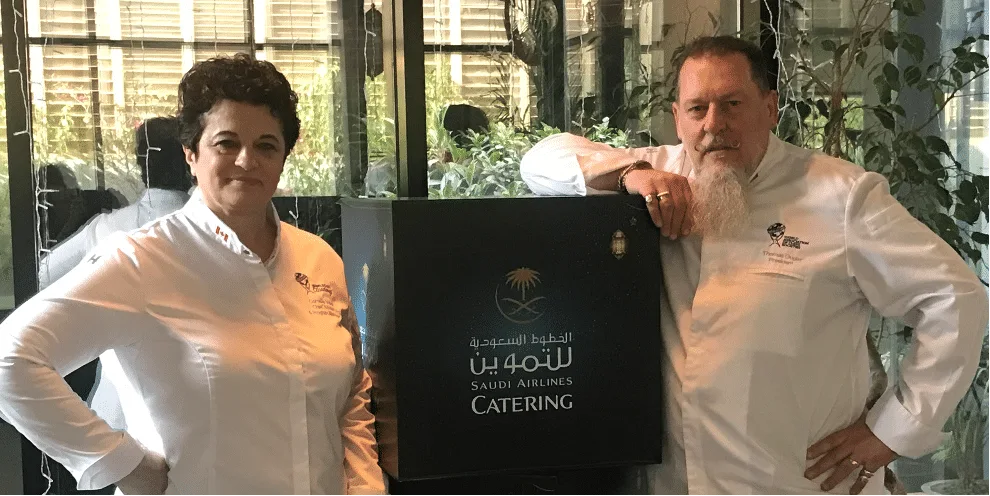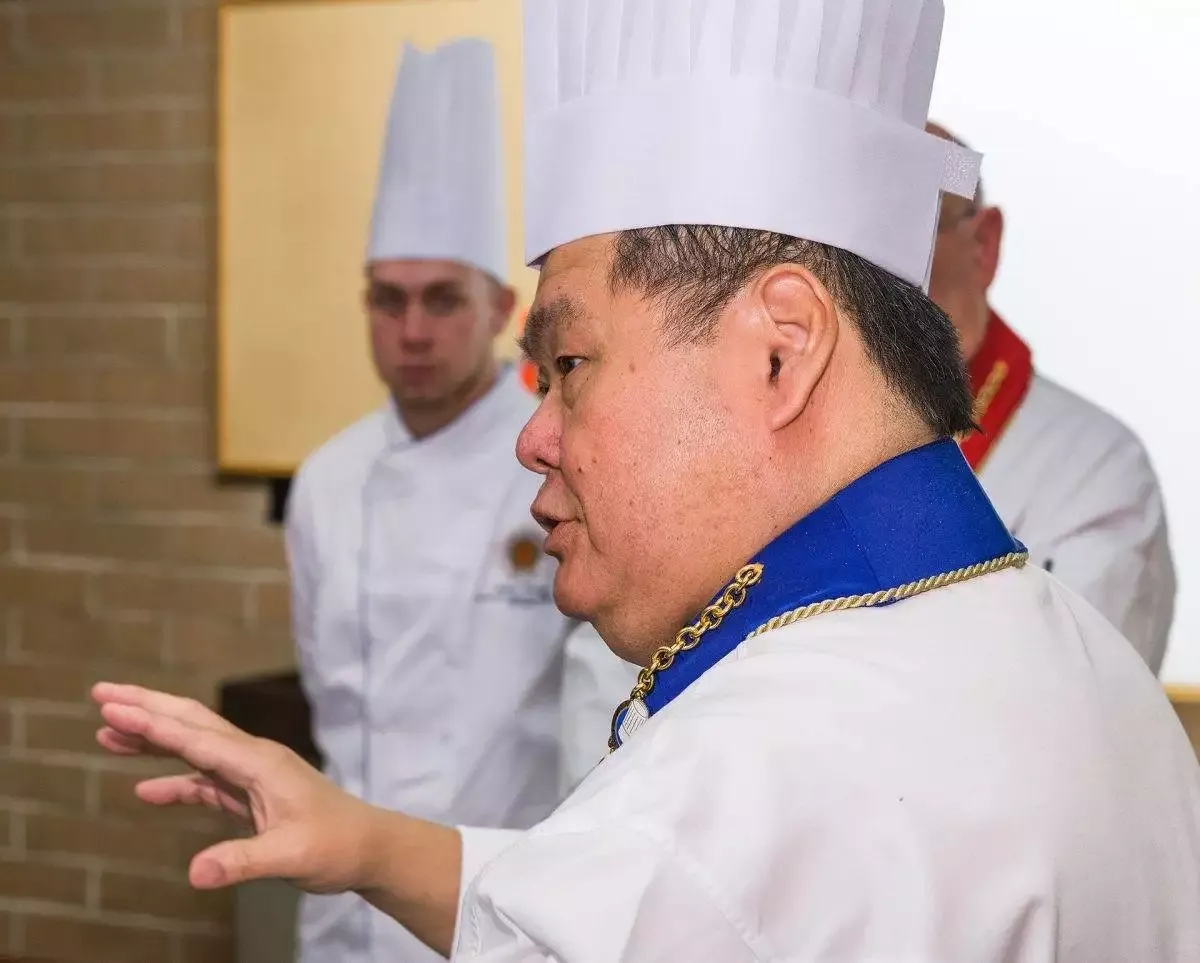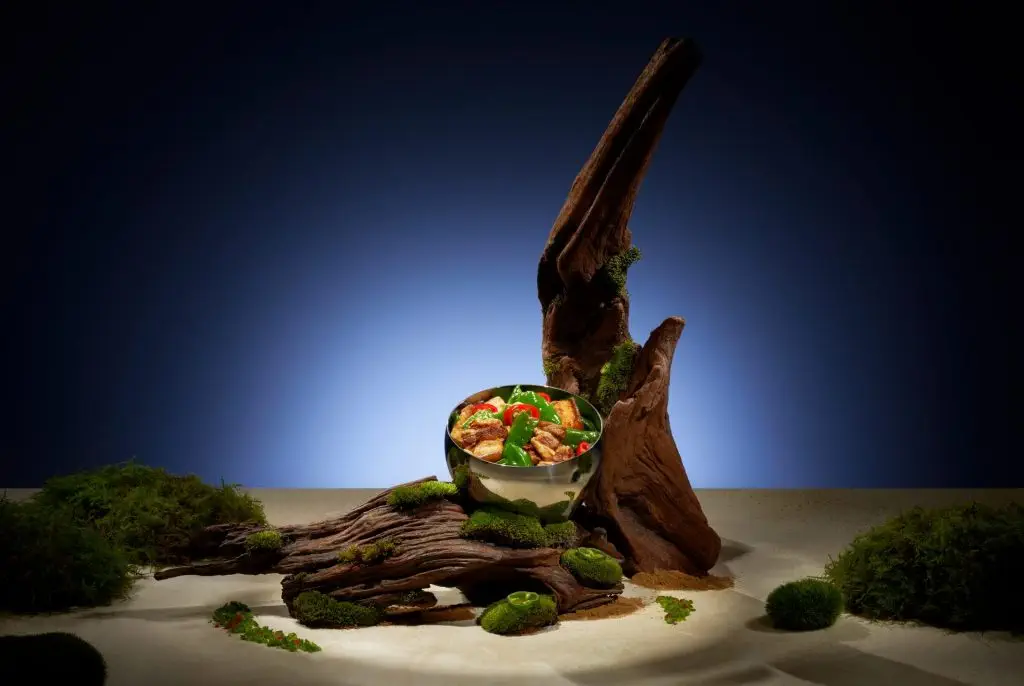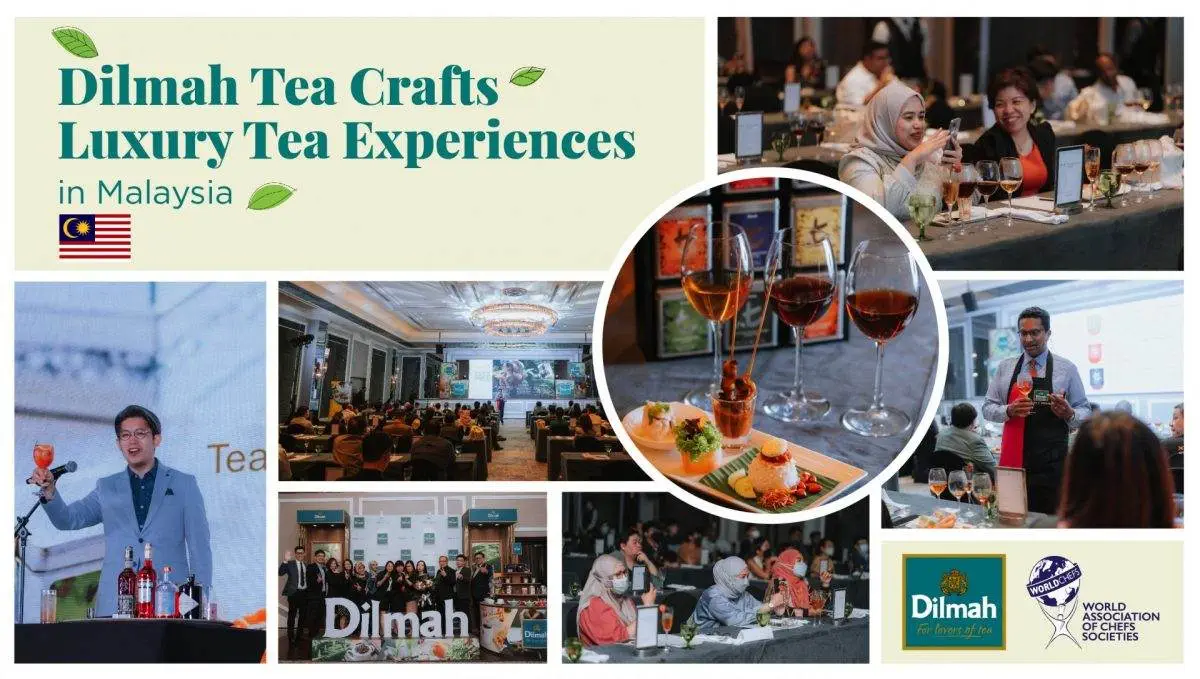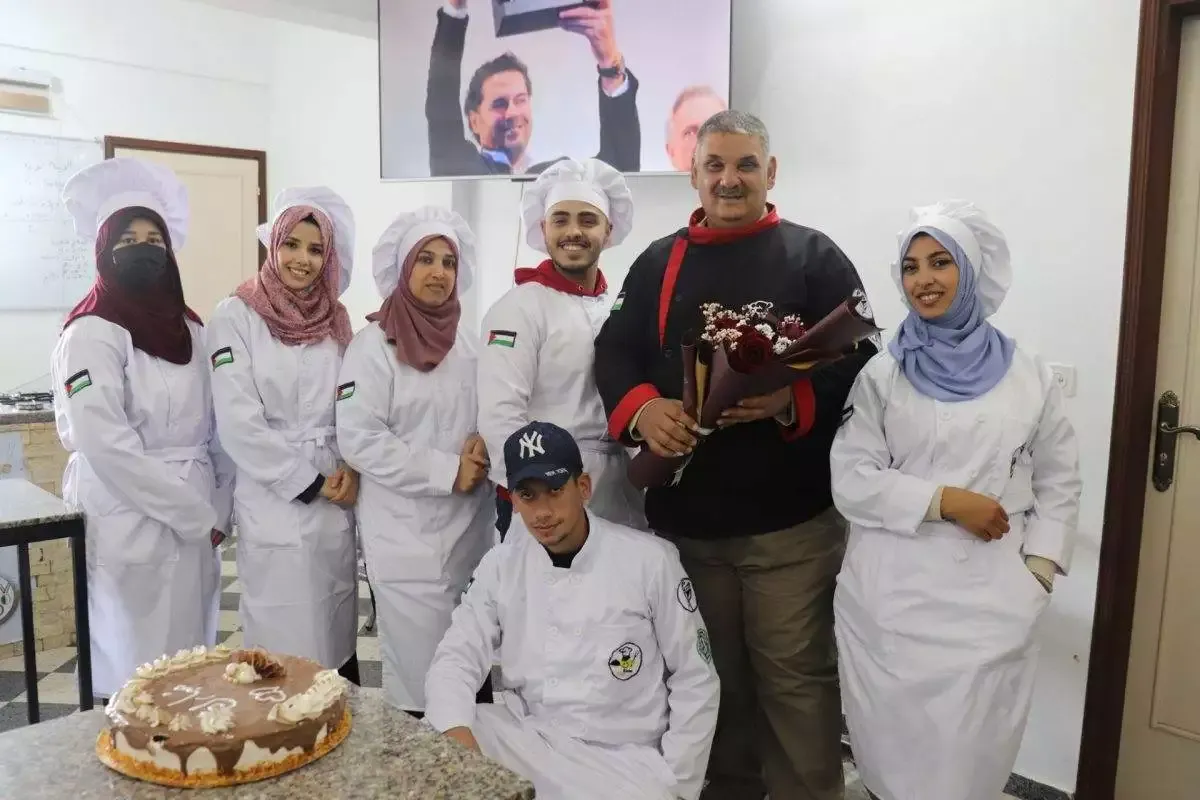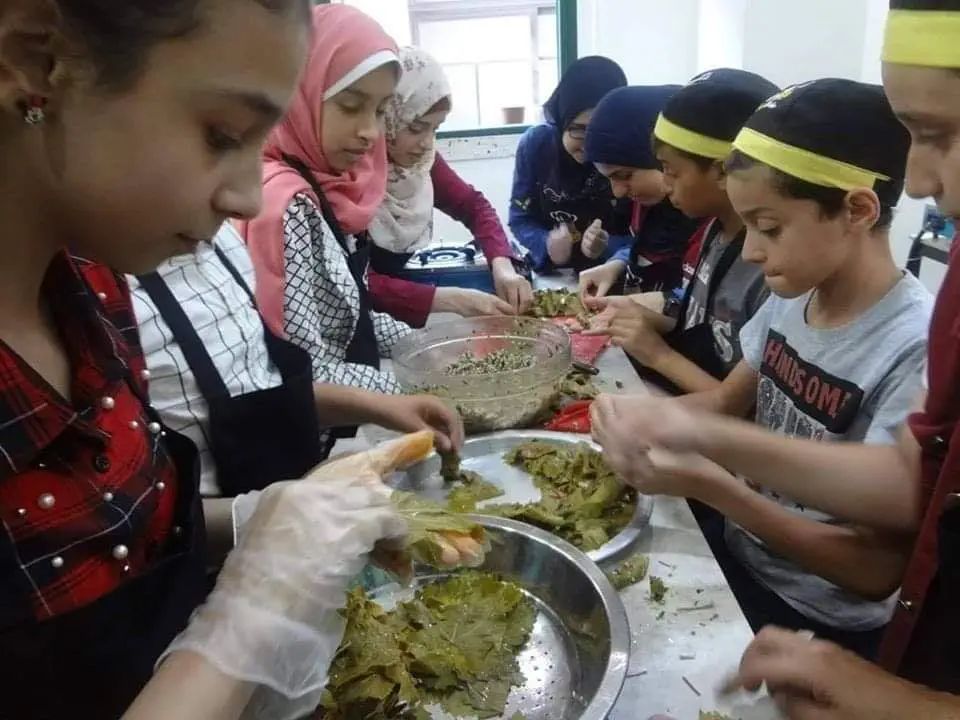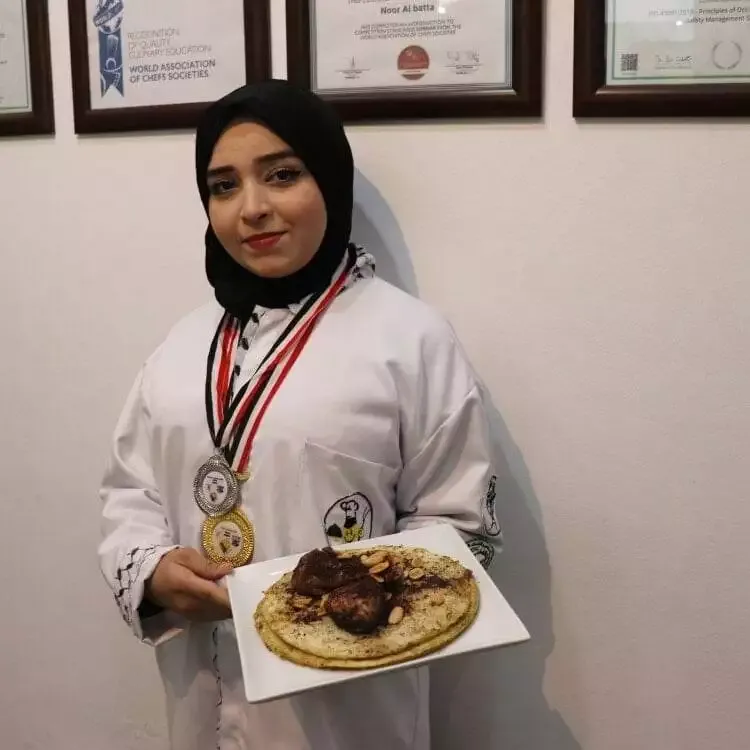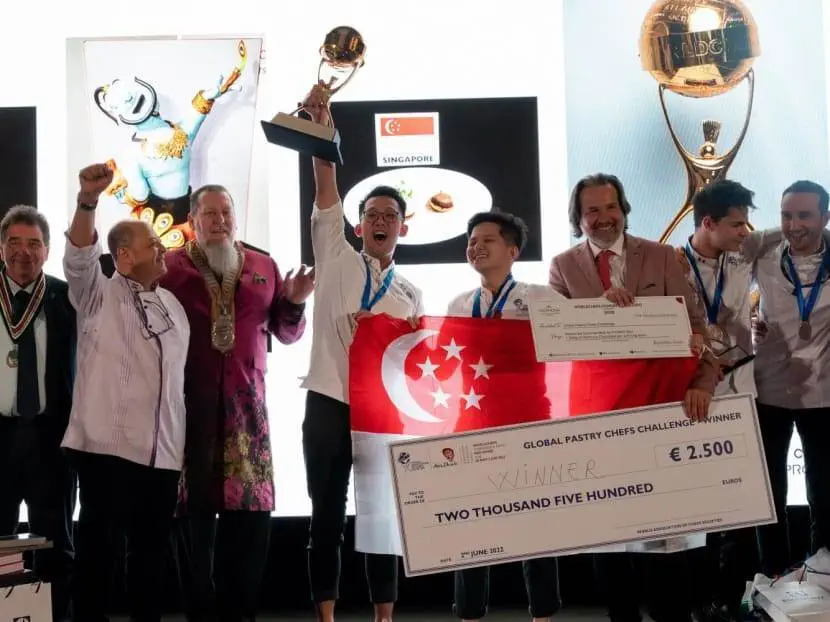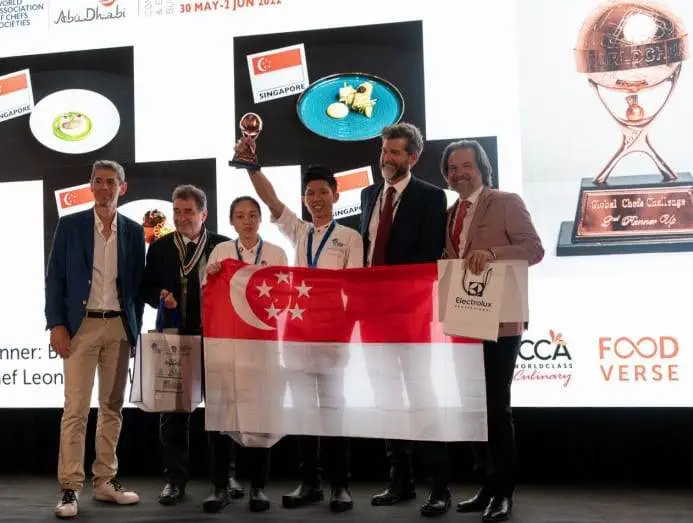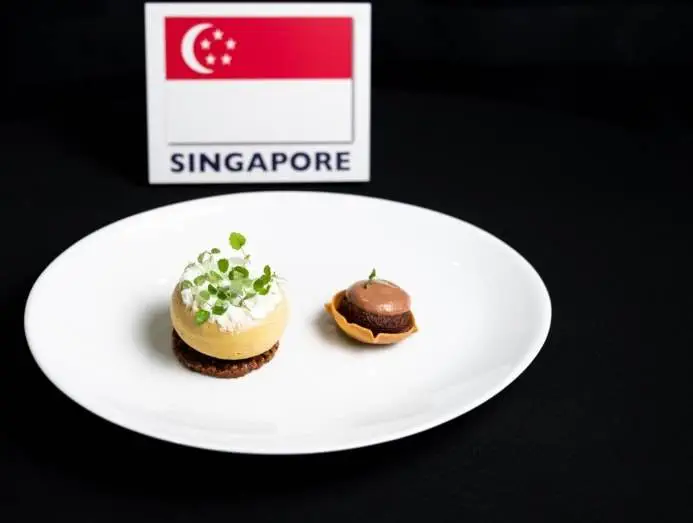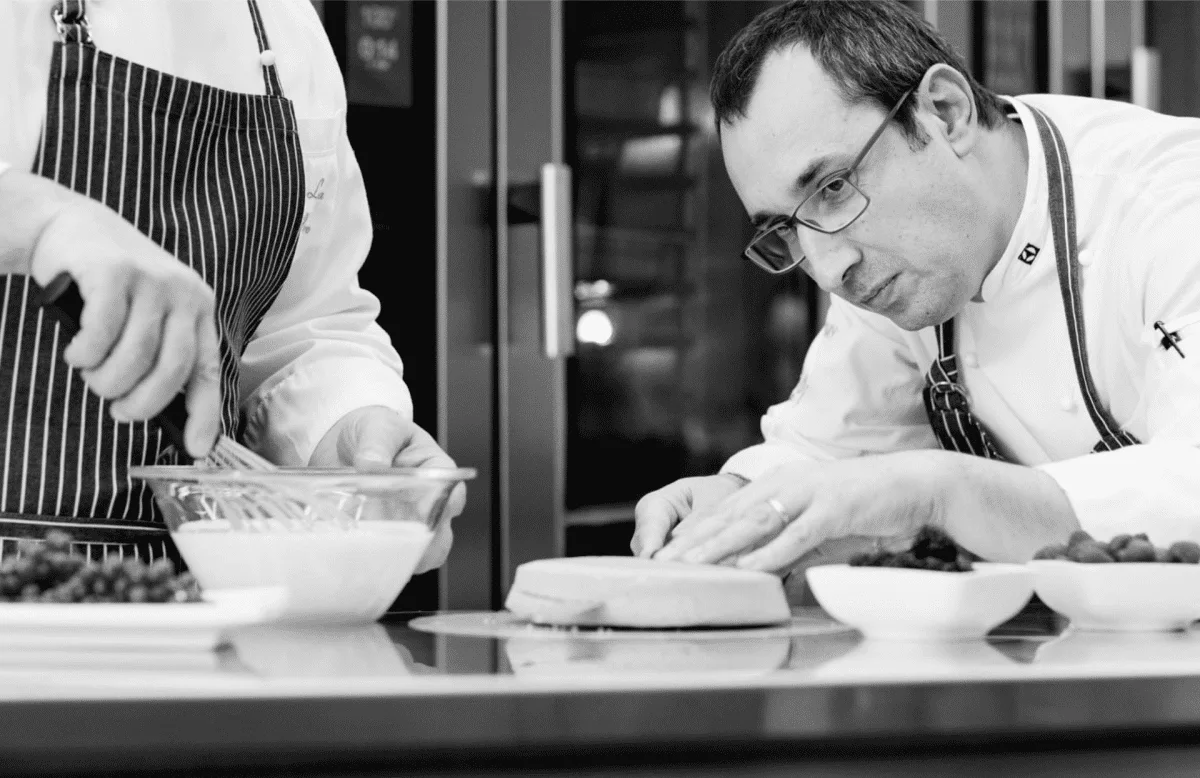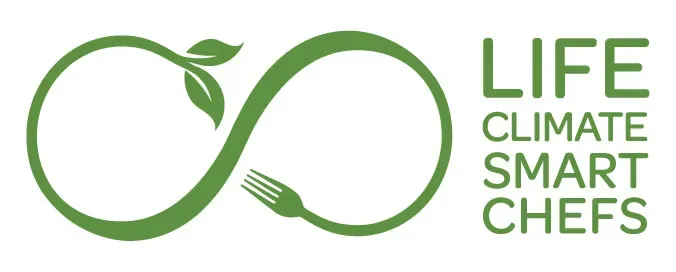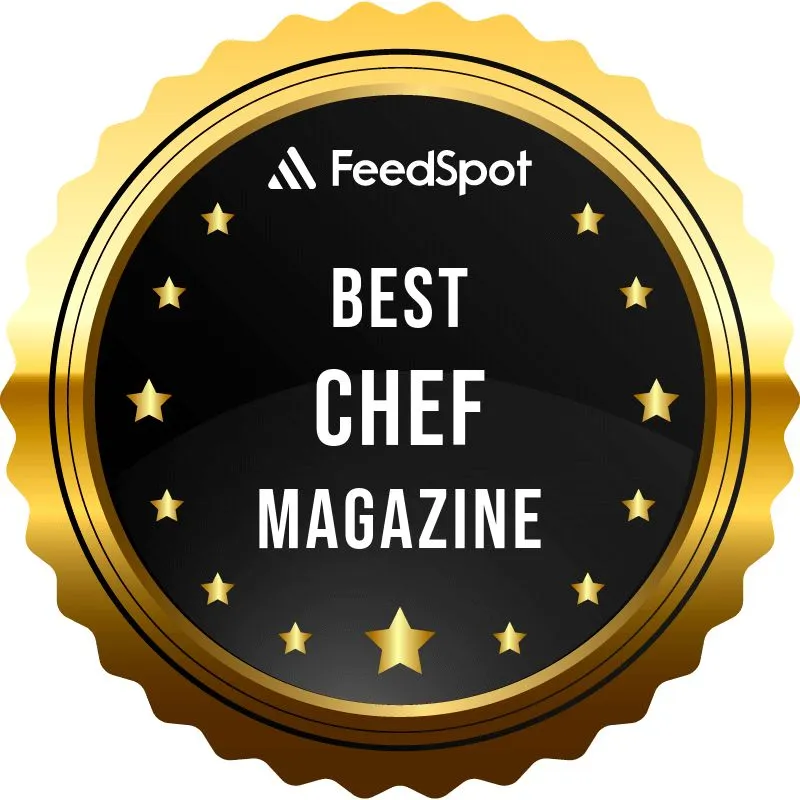The Worldchefs European Grand Prix 2023: Dates Announced for the 1st Global Chefs Challenge Semi-Final Competition
- The Worldchefs European Grand Prix 2023, the first semi-final rounds for the prestigious Global Chefs Challenge culinary competition, will be held in Rimini, Italy from 19 to 22 February 2023. Successful teams will advance to compete in the Finals during the 2024 Worldchefs Congress & Expo.
- Hosted by Federazione Italiana Cuochi (FIC) during the Beer&Food Attraction, BB Tech Expo, and 12th International Horeca Meeting, the event provides excellent global networking opportunities.
- Chefs interested in competing should contact their National Chefs Association for more information.
Paris, 24 of October 2022 – The World Association of Chefs’ Societies (Worldchefs) has announced that the first semi-final rounds for the prestigious Global Chef Challenge culinary competition will be held in Rimini, Italy, 19 to 22 February 2023. The semi-final competition, entitled the Worldchefs European Grand Prix 2023, will be hosted by Italy’s Worldchefs National Association Member, Federazione Italiana Cuochi (FIC).
Over the course of four days, competitors meet to show their mastery in the culinary arts through three competition categories: Global Chefs Challenge, Global Pastry Chefs Challenge, and Global Young Chefs Challenge – Hans Bueschkens Trophy. Competitors will be vying for a coveted opportunity to compete at the Global Chef Challenge Finals during the 2024 Worldchefs Congress in Singapore.
The Worldchefs European Grand Prix 2023 will take place during the Beer&Food Attraction, BB Tech Expo, and 12th International Horeca Meeting, providing global networking opportunities.
To learn more about the Global Chef Challenge and the Road to Singapore, visit www.globalchefschallenge.org.
WANT TO COMPETE?
If you wish to put your talent to the test, contact your National Chefs Association for opportunities to participate. Visit worldchefs.org/Members for a list of member nations. Discover everything the event has to offer at en.beerandfoodattraction.it.
GLOBAL CHEFS CHALLENGE FINALS AT WORLDCHEFS CONGRESS & EXPO 2024
Worldchefs Congress & Expo is a hallmark tradition of Worldchefs, and has been organized in 39 cities around the world throughout its illustrious 94-year history. The four-day forum brings together delegates from across the five continents to network and expand their professional bonds. The unique program delivers presentations and workshops from leading experts in the hospitality industry, impactful educational programs including the Worldchefs Educators’ Forum, specialized events designed to uplift the next generation of chefs such as the Bill Gallagher Young Chefs Forum, an international trade exhibition, the Global Chefs Challenge competition, and diverse activities to enhance both personal and professional networks.
The 2024 Worldchefs Congress & Expo and Global Chefs Challenge Finals will be held in Singapore, hosted by the Singapore Chefs Association.
Visit www.worldchefscongress.org for the more information.
– END –
ABOUT WORLDCHEFS
The World Association of Chefs’ Societies, known as Worldchefs, is a dynamic global network of 110 chef associations worldwide. A leading voice in the hospitality industry, Worldchefs carries 91 years of history since its founding at the Sorbonne by the venerable Auguste Escoffier. Representing a mobilized international membership of culinary professionals, Worldchefs is committed to advancing the profession and leveraging the influence of the chef jacket for the betterment of the industry and humanity at large.
Worldchefs is dedicated to raising culinary standards and social awareness through these core focus areas:
Education – Worldchefs offers support for education and professional development through the landmark Worldchefs Academy online training program, a diverse network of Worldchefs Education Partners and curriculum, and the world’s first Global Hospitality Certification recognizing on-the-job skills in hospitality;
Networking – Worldchefs connects culinary professionals around the world through their online community platform and provides a gateway for industry networking opportunities through endorsed events and the biennial Worldchefs Congress & Expo;
Competition – Worldchefs sets global standards for competition rules, provides Competition Seminars and assurance of Worldchefs Certified Judges, and operates the prestigious Global Chefs Challenge;
Humanitarianism & Sustainability – Worldchefs Feed the Planet and World Chefs Without Borders programs relieve food poverty, deliver crisis support, and promote sustainability across the globe.
For more information about Worldchefs, visit us at www.worldchefs.org.


